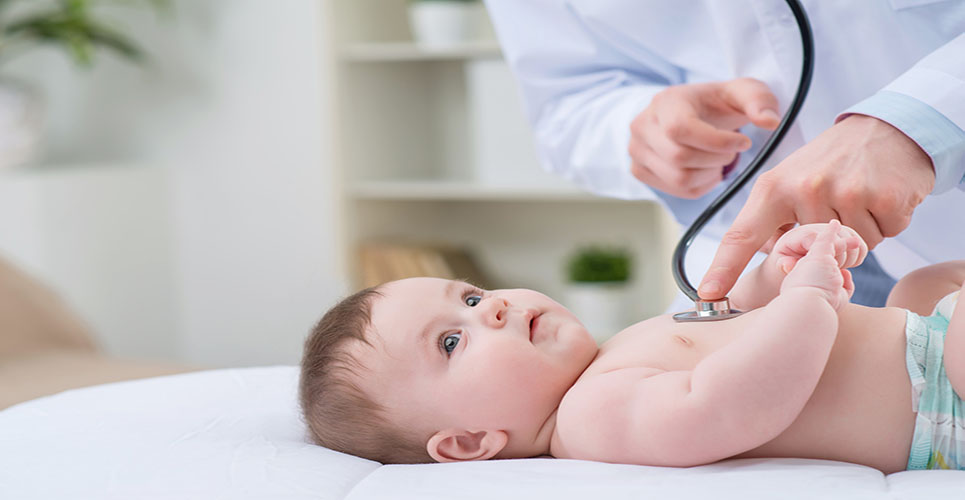teaser
Pharmacists in Europe have an opportunity to broaden their skills base and expand their traditional roles in areas such as medication safety, especially relating to paediatric medicine
Brian Edwards
CBE
Emeritus Professor of Healthcare Development
University of Sheffield
UK
Most countries in Europe are confronting shortages of health professionals. The 2009 reduction in junior doctors’ hours to comply with the European Working Time Directive will add further pressure, and may lead to increased recruitment by richer countries from countries that cannot reward their doctors so well. This opens up the skill-mix argument with a vengeance, and provides an opportunity for pharmacists wishing to broaden their skills base and expand their traditional roles.
UK Prime Minister Gordon Brown recently argued: “We need pharmacies to have more ability to do blood tests and some of the basic things.” But how far can this intrusion into the diagnostics market go? Will it include blood-pressure testing (in addition to selling kits), scanning and even simple radiology? Could we see patients receiving chemotherapy at a pharmacy within a polyclinic? Might we see pharmacists and nurses
working together more closely? Many nurses in the UK are already authorised to prescribe drugs.
One example of an expanded role is the “Heart M.O.T.” developed in Birmingham, UK (“M.O.T.” echoing the term popularly used to refer to the UK Ministry of Transport roadworthiness test for automotive vehicles). The service was set up originally as a pilot in two pharmacies using near-patient testing of cholesterol level and blood-pressure measurement to calculate cardiovascular risk, then refer patients judged at risk. Now, 22 pharmacies in the city are commissioned to provide the service. Early results are encouraging.
Medicines safety is central to the pharmacist’s role, and a new ALERT project has just been launched by the European Commission.[1] Although new drugs have extensive trials before general release, several recent cases have shown that adverse side-effects can sometimes be detected only after millions of patients have been exposed to risk. Reporting suspected side-effects is down to clinicians, with results collected in “spontaneous reporting systems”. ALERT involves developing a computerised system able to detect reactions more quickly. It will exploit data from 30 million electronic patient records in the Netherlands, Denmark, Italy and the UK, with special emphasis on children. The €4.5m project will be coordinated by Johan
van der Lei of Erasmus University, Rotterdam, working with 18 European research institutes.
This chimes well with health ministers’ agreement to EC plans to increase regulation of children’s medicines. More than 50% of medicines used to treat children are not tested or authorised for use. Advocates of the agreement say it will boost availability of fully researched, developed and authorised medicines specifically
for children. The agreement provides a package of requirements, rewards and support measures, some intended to avoid delaying authorisation of medicines for adults. For orphan drugs, an extension to market exclusivity is promised. Other measures include funding studies on off-patent medicines and setting up an expert committee, an EU network of investigators and trial centres, and a publicly available database.
Such agreements are likely to be strongly backed by those wishing to promote perceived EU benefits following the negative vote on the new constitution treaty by citizens of the Irish Republic. As European Parliament Vice-President Françoise Grossetête put it: “Europe’s citizens do not want big words, they want action. This regulation is a concrete answer to their expectations”.[2]
References
1. European Commission. Early detection of adverse drug events by integrative mining of clinical records and biomedical knowledge (ALERT). Brussels: EC Publications Office; 2008 [cited 2008 July 14]. Available from: http://cordis.europa.eu
2. European Commission. Improving children’s medicines: EU reaches final agreement. Brussels: EU Press Room; 2006. Press release [cited 2008 July 14]. Available from: http://europa.eu/rapid/pressReleasesAction.do?reference=IP/06/715

